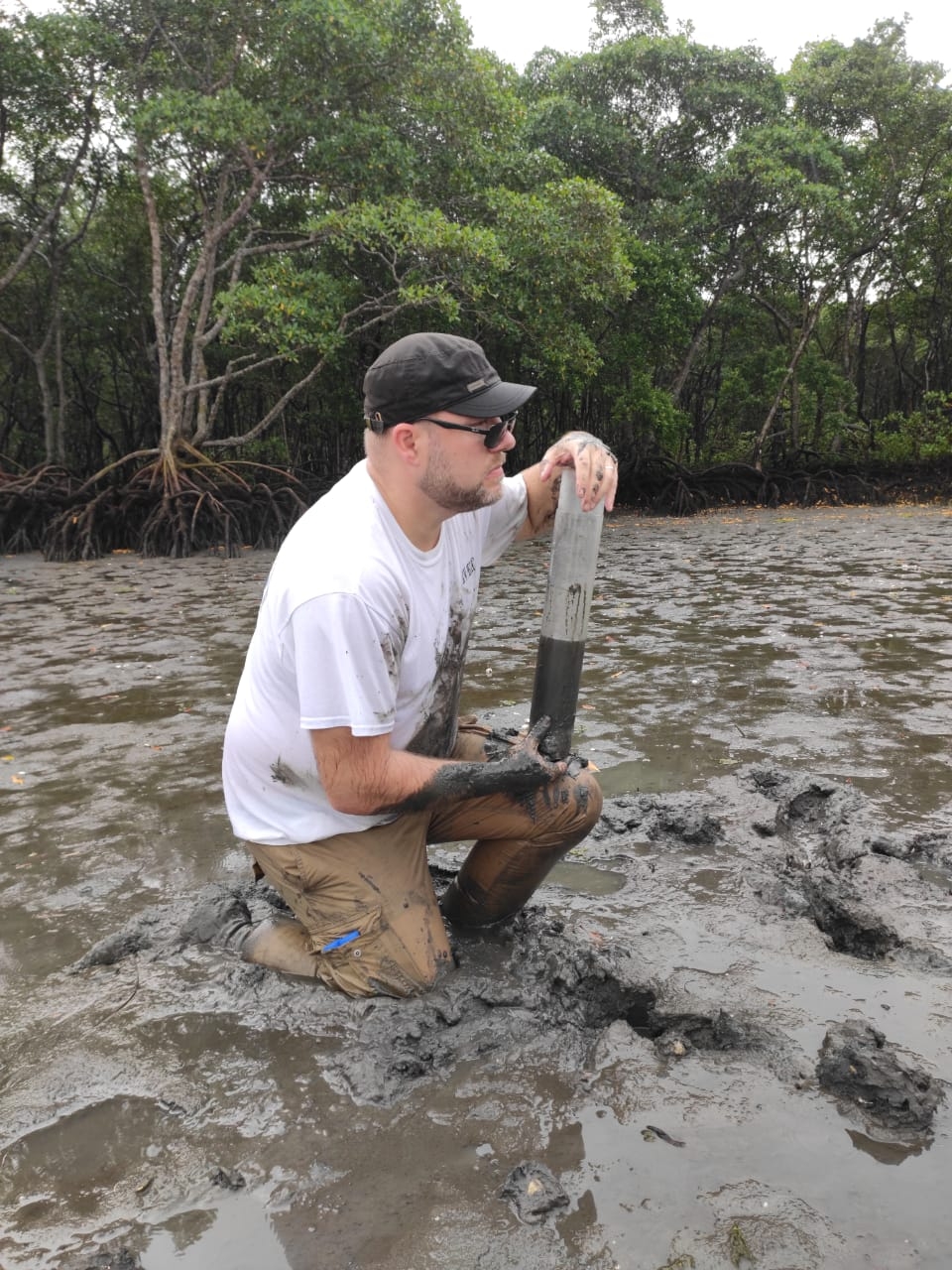- Press Office
- Press releases 2020
- LENNARD SCHADA VON BORZYSKOWSKI: "Understanding and engineering marine proteobacterial metabolism to address global sustainability challenges"
LENNARD SCHADA VON BORZYSKOWSKI: "Understanding and engineering marine proteobacterial metabolism to address global sustainability challenges"
Invitation
Abstract
Steep chemical gradients have a major impact on multiple microbial processes in aquatic environments. Microsensors are excellent tools in measuring such gradients in 1D. Nevertheless, structurally complex environments frequently require 2D (or even 3D) measurements of the chemical microenvironments for a more profound understanding. Over the years, optical sensors (e.g. optodes) have become the method of choice for chemical imaging in 2D, although the full potential of this method has not even be exploited.
In this presentation I will outline the recent developments within the field. It is my ambition to span the bridge between material development and sensor application; following the progression of my research focus. I will introduce a variety of sensor platforms including planar optodes and (nano)-particle based sensors together with recent developments in imaging techniques. All those technological developments will be addressed by presenting recent results from a large variety of structurally complex aquatic environments. I will present how chemical imaging helps to understand processes within the rhizosphere of aquatic plants and how optical sensing can be combined with other methods to identify ecological niches. Finally, current limitations and possible future avenues towards novel optical sensors for currently unavailable analytes will be discussed.
